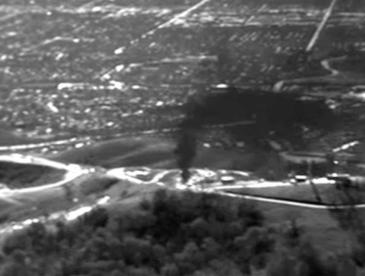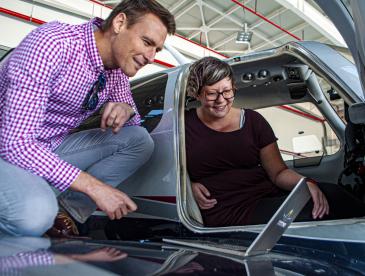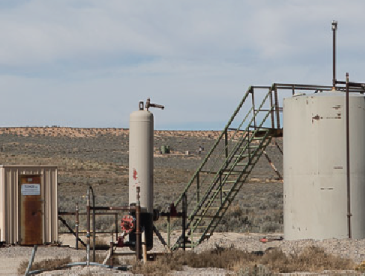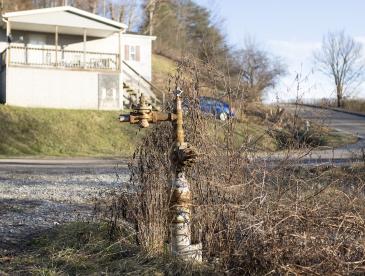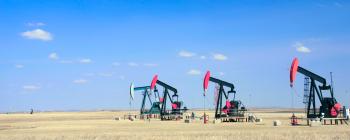
Cutting methane pollution to slow climate change
The problem: Methane pollution released this year will warm the planet more in the next decade than carbon dioxide emitted from burning fossil fuels. While cutting methane is the single fastest way to slow the rate of global warming, current efforts fall far short of the drastic reductions we need.
What we’re doing about it: Through research and advocacy, we’ve been driving global action to cut methane pollution for over a decade, and we built a methane-tracking satellite to help scale reductions worldwide. Our goal is to reduce global methane emissions from the energy and agricultural sectors by at least 30% below 2020 levels by 2030.
Our work slashing global methane emissions
- Article
A look back: Ten years after Aliso Canyon, the worst gas leak in U.S. history
- Overview
Our cutting-edge science is guiding global action to reduce methane emissions
- Article
In India, an environmental solution that’s good for farmers, cows and climate
- Analysis
What MethaneSAT observations reveal about methane in the Permian Basin
- Blog post
Japan’s urban methane study shows data gaps and mitigation opportunities
- Article
How do you locate a hidden environmental danger? Put a bounty on it.
Updates
Read the latest articles, blogs and press releases on methane.
-
How do you locate a hidden environmental danger? Put a bounty on it.
Article, -
The Trump administration spent 2025 rewarding the nation’s biggest polluters
Article, -
Colorado Air Regulators Approve Landfill Methane Standards
Press release, -
EDF Europe: Energy Council Signals Shift to Delivery on EU Methane Regulation
Press release, -
Three takeaways from global action on agriculture and climate
Blog post, -
EU Methane Regulation Emerges As Strategic Tool For Energy Security
Press release,
Methane pollution resources
Dig deeper into our work with these resources for researchers, policymakers, journalists and communities.
- Overview
Helping livestock farmers cut methane emissions
- Timeline
Our groundbreaking push to cut methane on 3 critical fronts
- Explainer
Methane: A crucial opportunity in the climate fight
- Initiative
How we’re partnering with global dairy companies to cut methane emissions
- Project
Slow global warming fast with MethaneSAT
- Explainer
How methane harms our health and what we can do about it
Our methane experts
Staff perspective
By emitting even a little bit of methane, humankind is greatly accelerating the rate of climate change.
Steven Hamburg
Chief Scientist
Media contact
Lauren Whittenberg
(512) 784-2161 (office)











